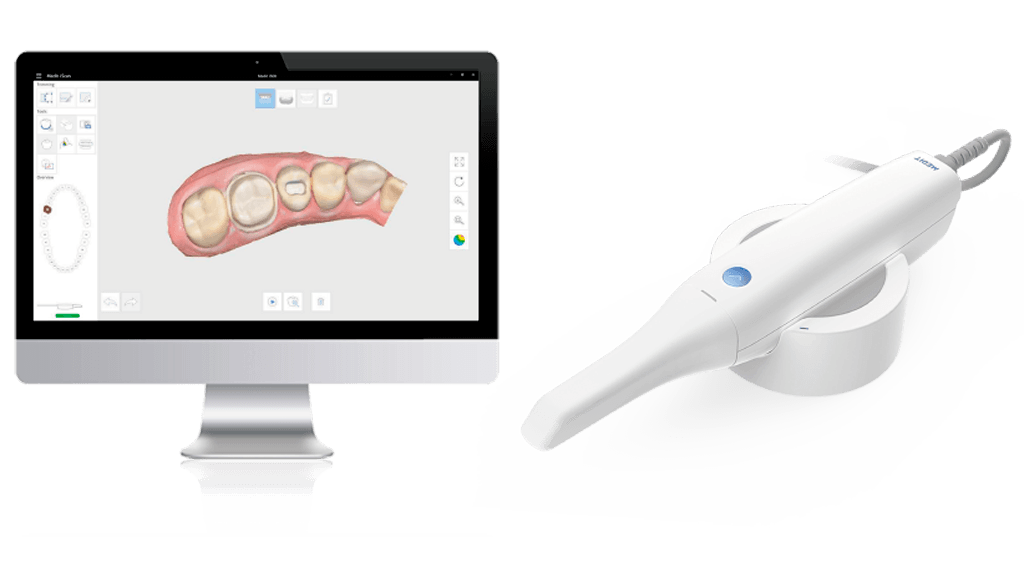There are no items in your cart
Add More
Add More
| Item Details | Price | ||
|---|---|---|---|
It is the era of the digital world where everything is at our fingertips, and digital dentistry is one such field that has grown in popularity in recent years. Digital Dentistry enables experts to do various operations more quickly than traditional instruments and delivers a higher standard of care to their patients. Because digital technology is pervasive in everyday life, patients are more amenable to digital technology and dental treatment procedures.
The use of digital technologies to perform dental procedures is known as digital dentistry. The goal of future digital dentistry is to increase the accuracy and predictability of dental operations. The latest manufacturing, imaging, and software integration technologies allow Emergency Dentists to give the best care possible to their patients. The digital shift is unstoppable, with innovative, fast-evolving, and minimally invasive treatments gradually replacing traditional ways.
Digital dentistry technologies allow faster dental consultations with patients and partnerships with other dental specialists online than in the past. Furthermore, improved diagnostics and precision treatments enhance care quality.

Digital dentistry has provided speedier processes and assists patients in receiving their required care. It improved the efficiency and usability of traditional dentistry. However, the future will offer new challenges in every profession. To adapt to digital dentistry, dental practitioners must learn new skills.
Although digital tools are more user-friendly than old ones, one must still be creative in their work. It is easier to acquire the methods and understand what a CAD/CAM procedure and hardware are with it. Hence, A Dental Education program must include dental instruction.
Several materials are necessary to support the many types of future digital dental treatments. Many open systems are available today; however, the supply of materials can be limited. A variety of surface, color, and stacking possibilities are required. Dental specialists must research clinical behavior, biomechanical characterization, and application of new dental materials. Their abilities must increase their comprehension and application of this information.
The adoption of 3D intraoral scanners one of the great technologies that has transformed the dental industry and is now highly sought-after. Since its introduction, numerous dental diseases have grown faster and easier to diagnose and treat, removing the need for time-consuming manual procedures. The following are some of the points on which digital dentistry has left a positive impact:
1. Definitive outcomes and Streamlined procedures: Present digital dentistry decreases errors and uncertainties caused by human factors, resulting in greater accuracy at all workflow stages. Intraoral 3D scanners simplify the complicated technique of taking a traditional imprint, offering dentists precise scanning findings and more explicit tooth structure information in just one or two minutes of scanning. CAD/CAM software products provide visual interfaces corresponding to traditional workflows, with added benefits of automating phases that can rapidly discover and remedy mistakes. If the dentist is dissatisfied with the impression in a complex clinical instance, they can easily remove and rescan the image.
2. Enhanced Care for Patients: Improved patient experience and comfort are one of the most positive impacts of digital dentistry. Traditional impressions, for example, might be highly painful for patients due to the harsh impression materials. Intraoral scanners can boost productivity, efficiency, and accuracy significantly. The patient's teeth are scanned in a matter of seconds, and an accurate report is obtained. Patients who have never been to the dentist may not recognize the digital components of a diagnostic and treatment. Still, they know the experience is efficient, fluid, and comfortable. As a result, patients' confidence and trust in the clinic will skyrocket.
3. Improved Efficiency and Reduced Cost: Digital dentistry can increase dental procedure efficiency and streamline workflows. Saving time in a dental practice can improve both doctor and patient satisfaction. Compared to traditional methods, easy impression-taking with digital intraoral scanners lowers chair time, and the quick image feedback and enhanced accuracy eliminate the need for retakes of the entire procedure. It also reduces the expense of imprint materials and the necessity for them to be shipped to labs.
4. Potent communication with patients and labs: Patients regard doctors who use digital impression systems as more professional, accomplished, and modern. Doctors can better communicate and educate patients by displaying real-time 3D images of their oral condition supplied by intraoral scanners. Patients can easily visualize treatment outcomes and track their progress with digital solutions. Digital technology also streamlines the workflow between clinics and labs, optimizing speed, simplicity of use, or cost, depending on the situation.
5. Excellent ROI: Going digital implies increased opportunities and competitiveness for both dental clinics and labs. The payback period for digital solutions can be pretty short: more new patient visits, better treatment presentation and acceptance, and much cheaper material costs and chair time. Some people are hesitant to visit the dentist because of unpleasant encounters. However, by delivering a smooth, comfortable experience via digital solutions, happy patients may feel more positive and willing to commit to their treatment plan. They are also more likely to return and refer others, contributing to any dental clinic's long-term success.
We want things to work faster and more efficiently in a high-performance culture. Dentists must adopt advanced digital solutions to stay ahead of the competition. Dental practices must be flexible and responsive to new opportunities.